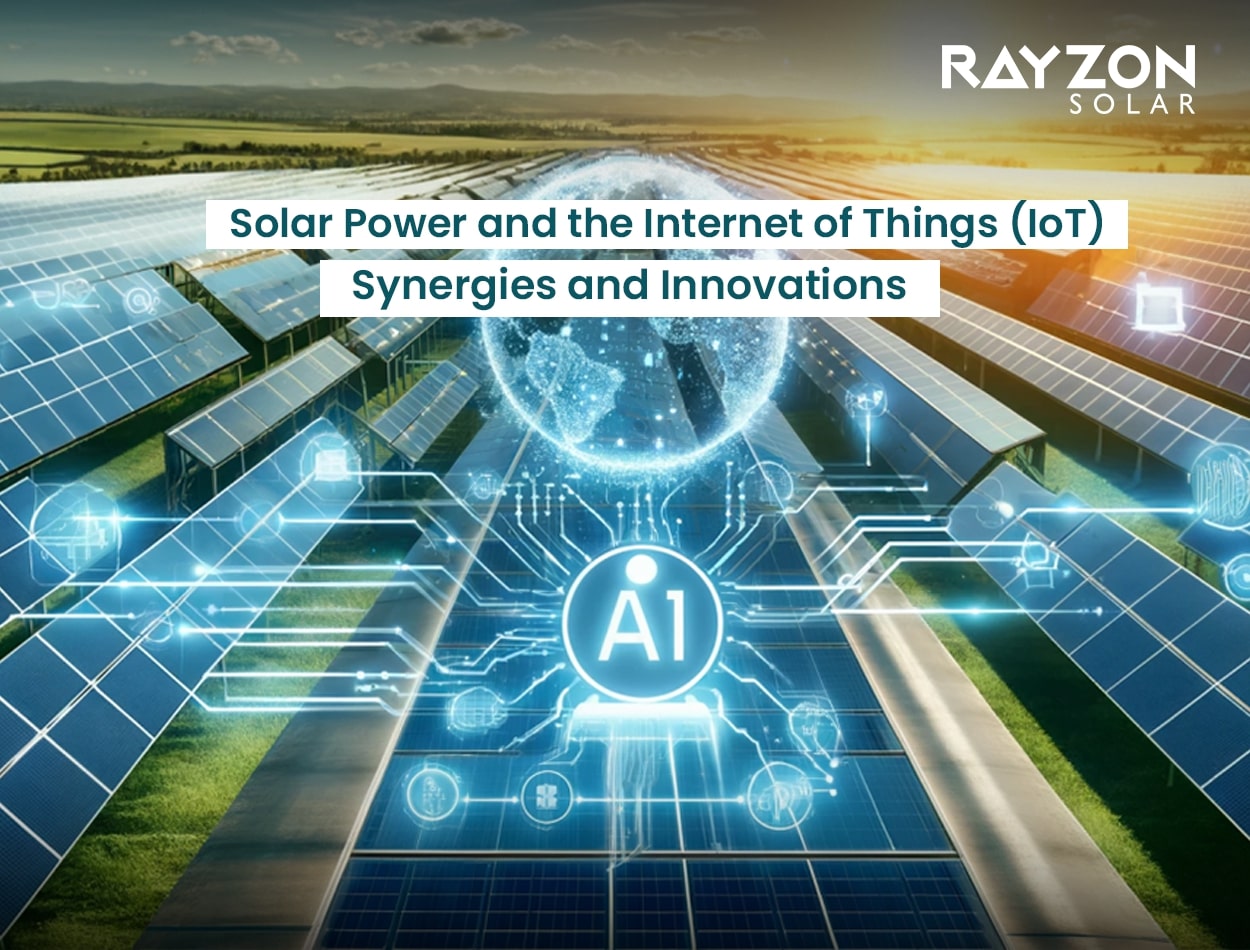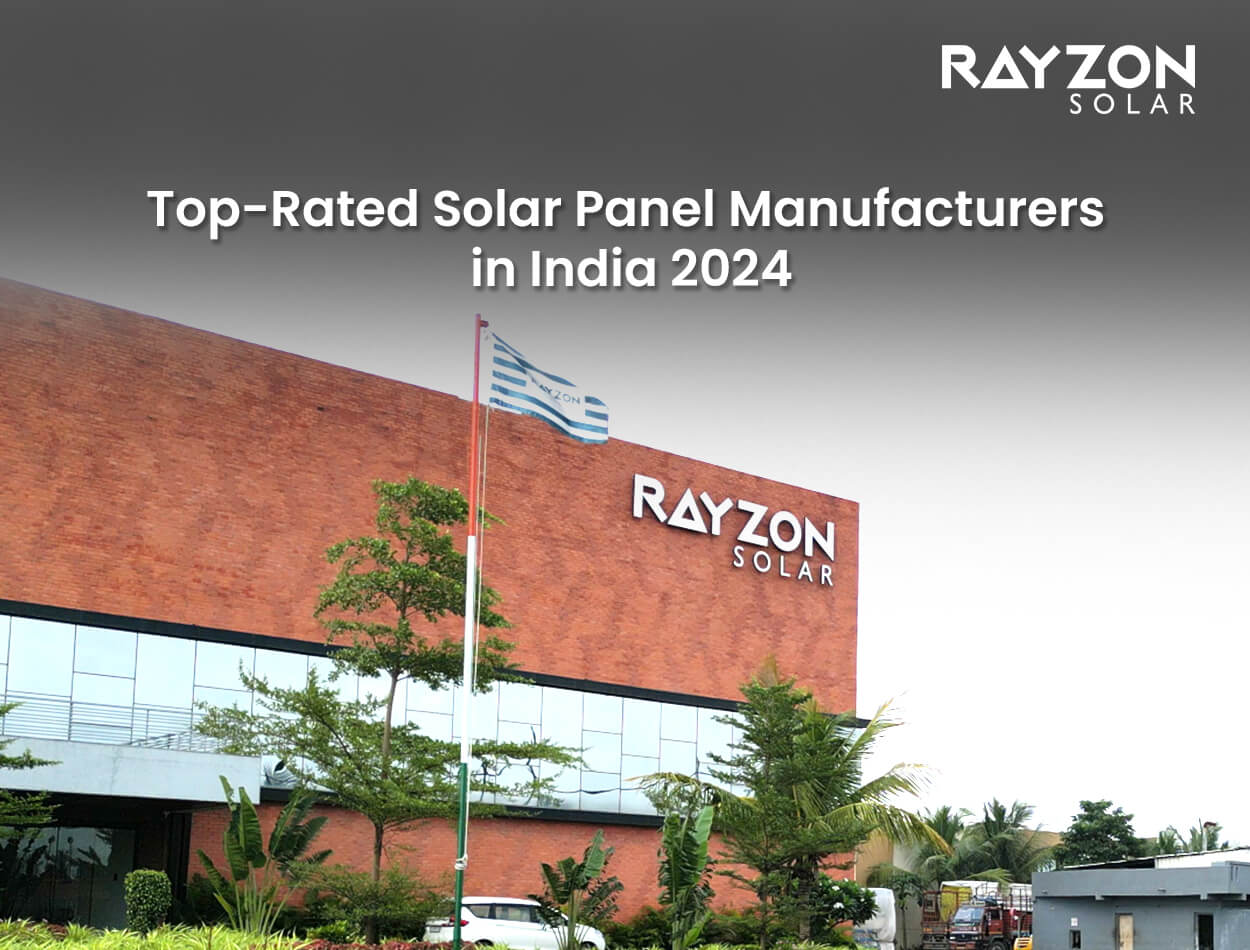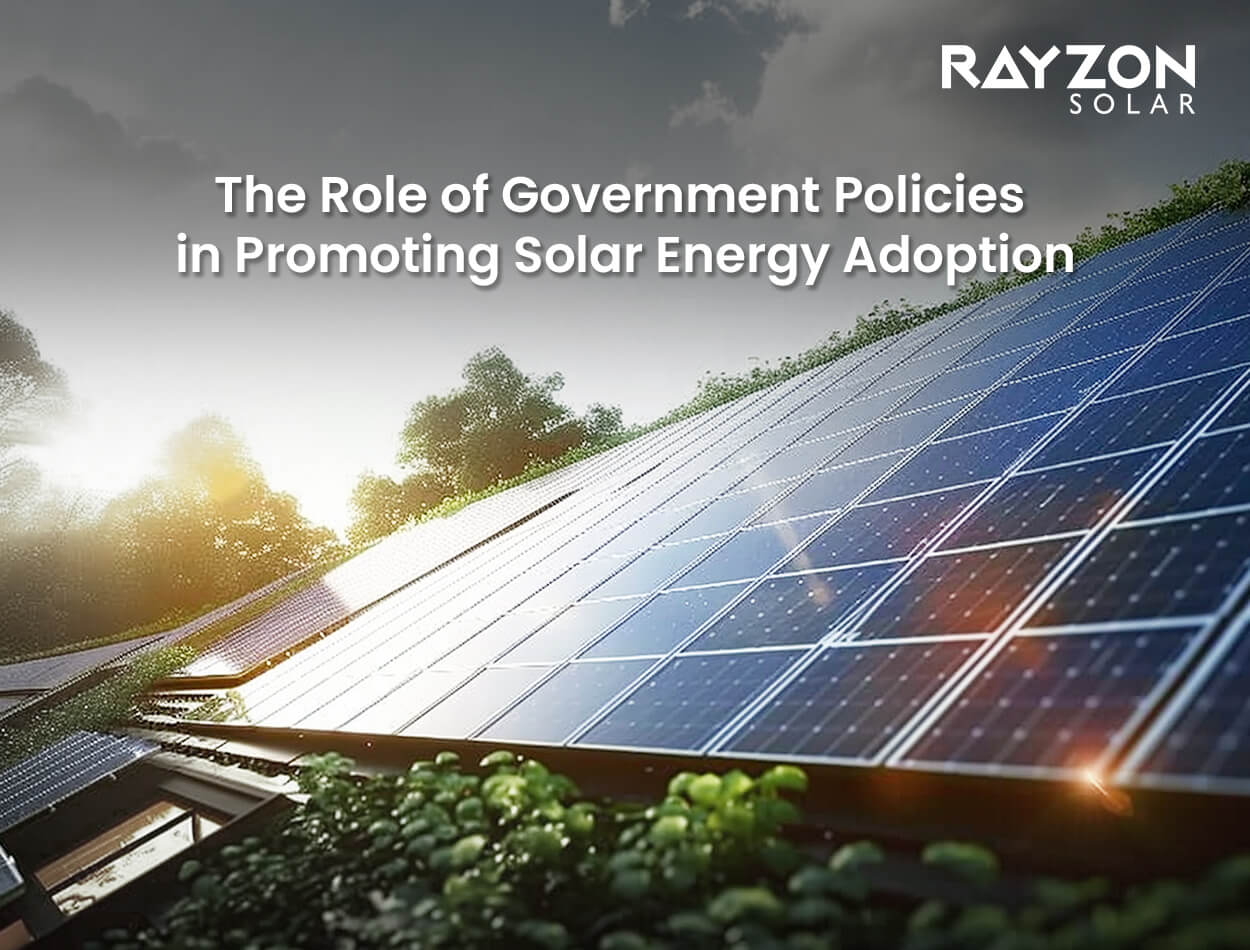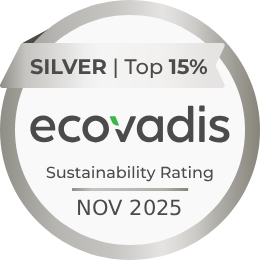
Solar Power and the Internet of Things (IoT): Synergies and Innovations
The intersection of solar power and the Internet of Things (IoT) is revolutionizing the way we produce, monitor, and utilize energy. As the global push for renewable energy intensifies, these two technologies are coming together to create smarter, more efficient systems. Rayzon Solar is at the forefront of this transformation, leveraging IoT to enhance solar energy solutions. In this blog, we delve into the synergies between solar power and IoT, explore innovative applications, and look ahead to what the future holds.
How Solar Energy and IoT Technologies Intersect
Solar energy, known for its clean and renewable nature, has become a cornerstone in combating climate change. When paired with IoT, solar systems become even more powerful. IoT integrates sensors, devices, and communication technologies to enable real-time monitoring, data analysis, and automation. This fusion allows for smarter energy management, ensuring maximum efficiency and minimal waste.
Benefits of This Intersection
- Improved System Performance: Continuous monitoring ensures optimal solar panel efficiency.
- Reduced Downtime: Early detection of issues minimizes system failures.
- Sustainability: IoT helps make solar energy systems more eco-friendly by reducing waste and inefficiency.
Smart Solar Systems: Integration of IoT in Solar Panel Monitoring and Management
IoT technology enhances solar panel performance by enabling continuous monitoring and smart management.
- Real-Time Insights: IoT sensors embedded in solar panels collect data on energy production, temperature, and environmental conditions.
- Remote Management: Users can access performance metrics via mobile apps or web interfaces, making system adjustments from anywhere.
Example: Imagine a commercial building equipped with Rayzon Solar’s panels and IoT-integrated inverters. The system sends alerts for potential issues, such as shading or system inefficiencies, ensuring quick troubleshooting and minimal downtime.
IoT in Action
- Smart Inverters: Automatically adjust energy output based on panel performance.
- Energy Redistribution: Shift excess energy to high-demand areas using IoT algorithms.
Data Collection: Using IoT for Real-Time Performance Tracking and Diagnostics
IoT plays a crucial role in tracking and diagnosing solar system performance:
- Detailed Analytics: IoT devices gather data on energy generation and consumption patterns.
- Predictive Maintenance: By analyzing data trends, IoT systems predict potential failures before they occur.
- Enhanced Diagnostics: Smart sensors identify specific faults, enabling swift corrective actions.
Example: A solar farm managed by Rayzon Solar utilizes IoT-enabled devices to monitor the health of thousands of panels. If a panel’s output drops below a threshold, the system flags it for maintenance, preventing energy losses.
Advanced Applications
- Weather Adaptation: Sensors adjust panel angles to maximize sunlight capture based on weather conditions.
- Custom Reports: Generate detailed usage and performance reports for stakeholders.
Energy Efficiency: How IoT Improves Energy Use and Reduces Waste
Energy efficiency is a key benefit of combining solar power with IoT. Here’s how IoT optimizes energy use:
- Smart Appliances: IoT-enabled appliances adjust their operation based on energy availability. For example, a smart water heater runs during peak solar generation hours.
- Dynamic Load Balancing: IoT systems allocate energy where it’s needed most, reducing waste.
- Demand Response: IoT allows systems to adjust energy consumption based on grid demand, enhancing overall stability.
Example: A residential home using Rayzon Solar’s IoT-connected solar panels automatically shifts energy usage to periods of high solar output, lowering electricity bills.
Real-World Impact
- Reduced Carbon Footprint: Efficient systems minimize waste, contributing to sustainability goals.
- Lower Operational Costs: Businesses benefit from reduced energy expenses.
Future Developments: Innovations at the Crossroads of Solar Energy and IoT
The synergy between solar energy and IoT is continuously evolving. Emerging innovations include:
- Artificial Intelligence (AI): AI-driven algorithms analyze IoT data to optimize energy production and consumption.
- Decentralized Grids: IoT facilitates peer-to-peer energy sharing, where excess solar energy is distributed within communities.
- Energy Storage Integration: IoT improves battery performance by monitoring charge cycles and optimizing storage usage.
- Blockchain Technology: IoT enables secure energy transactions, promoting transparency and trust.
Example: Future smart cities could deploy Rayzon Solar’s IoT-enabled systems to create self-sustaining energy grids, reducing reliance on centralized power sources.
The Road Ahead
- Virtual Power Plants: IoT will enable homes and businesses to function as collective energy providers.
- Enhanced Consumer Control: Mobile apps will offer greater customization for energy management.
The Potential of IoT to Enhance Solar Energy Systems and Efficiency
The combination of solar power and IoT offers immense potential to revolutionize energy management. By enhancing efficiency, reducing waste, and enabling smarter systems, this synergy addresses critical challenges in the renewable energy landscape. Companies like Rayzon Solar are leading the way, setting benchmarks for innovation and sustainability.
As we look to the future, it’s clear that the integration of IoT with solar energy systems will play a pivotal role in achieving global energy goals. Embrace the power of these technologies today and be part of a cleaner, smarter energy future.



